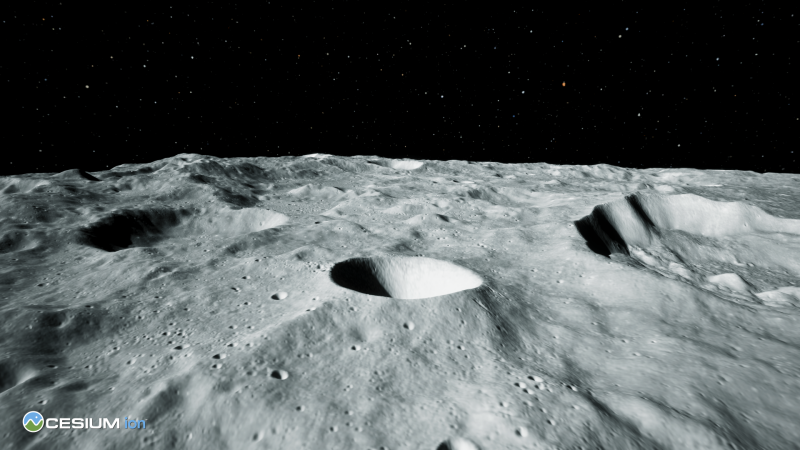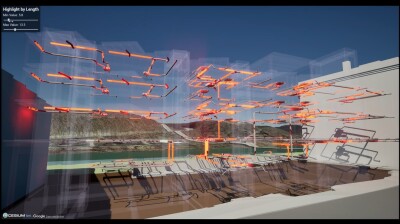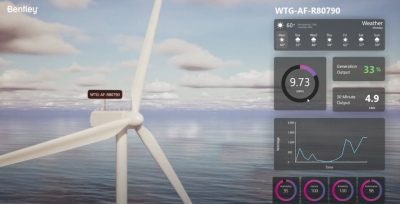Philadelphia, PA | August 6, 2024 - 3D geospatial company Cesium has announced the release of Cesium Moon Terrain, the first readily available single comprehensive precise 3D dataset of the moon.
Although Cesium Moon Terrain was developed to support NASA’s Artemis mission and other international space agencies, the dataset can be accessed and used by anyone to build advanced visualizations and simulations.
Cesium Moon Terrain is comprised of precise terrain and imagery from NASA’s Lunar Reconnaissance Orbiter (LRO) program and other sources, and is provided as 3D Tiles, the Open Geospatial Consortium Community Standard created by Cesium.
"We launched Cesium Moon Terrain as an accurate and interoperable 3D Tiles canvas to support the international interest in lunar exploration and building structures on the moon's surface,” said Cesium CEO Patrick Cozzi. "Cesium Moon Terrain will enable engineers, system integrators, and digital content creators to build simulations, mission plans, and real-time operations experiences.”
Cesium Moon Terrain was recently demonstrated at the Digital Twin for Lunar Development Workshop held at NASA’s Jet Propulsion Laboratory. The workshop brought the space enterprise community together to focus on advancing digital twins for NASA and the creation of an open, interoperable platform for a lunar digital ecosystem.
Early adopters of Cesium Moon Terrain include Ansys, who is using the data in conjunction with their RF Channel Modeler to understand the impacts introduced by challenging lunar locations, such as polar regions, in analyzing communications system designs intended to serve participants on the lunar surface.
Another is Buendea, who, along with the NASA Advanced Operations Concept Lab, is developing the XR Operations Support System (XOSS) to support real-time simulations on the Moon and Mars.
"We’re excited about the potential of Cesium Moon Terrain to accelerate our ongoing work in partnership with NASA to accurately plan and simulate explorations of the lunar surface,” said Julian Reyes, Founder of Buendea.
To access Cesium Moon Terrain, sign up for an account, or sign in to Cesium ion. Users can create a Cesium Story, incorporate the data into a web application with CesiumJS, or build advanced visualizations with Cesium for Unreal and Cesium for Unity. Cesium Moon Terrain is also available for Cesium ion Self-Hosted.
Cesium Moon Terrain can be used as a base layer to place models of habitats, vehicles, or rovers on the lunar surface. Users with their own high resolution terrain data can embed it within Cesium Moon Terrain to create a continuous and accurate 3D environment.
About Cesium - The Platform for 3D Geospatial
Cesium created 3D Tiles, the Open Geospatial Consortium community standard for streaming massive 3D geospatial data. Use Cesium ion to optimize, host, and combine your data with curated global 3D content, and stream to any device. With unique expertise at the intersection of 3D geospatial and computer graphics, Cesium is deeply committed to openness and interoperability through open standards, open APIs, and open source offerings like CesiumJS, Cesium for Unreal, Cesium for Unity, and Cesium for Omniverse.
Source: Cesium
★★★
More Cesium News & Coverage
Sketchfab Models Now Able to be Imported into Cesium Ion
Cesium announces new partnership with Google Maps Platform
Cesium announces first four grant recipients
Cesium announces a $1 million pool for grants targeting innovation in the 3D ecosystem






